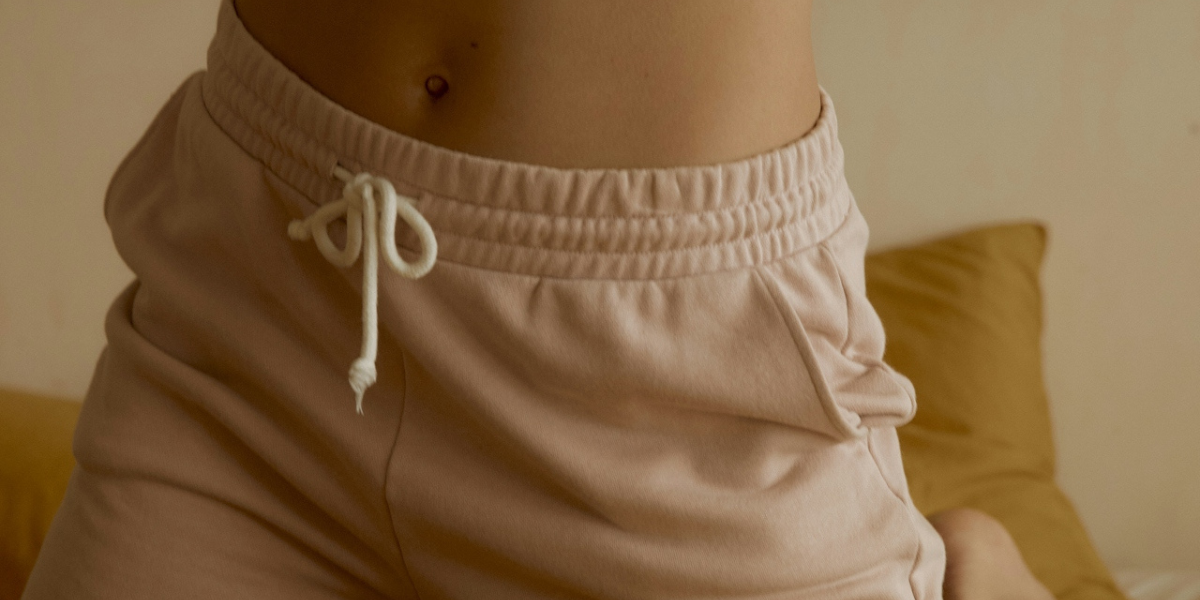Tucked behind your liver like a child playing hide-and-seek is a glistening sac the size of a small pear: the gallbladder. Our modern day ability to manage the myriad pains caused by this organ has rendered its presence all but invisible to those who never encounter its dysfunction, despite the millennia of suffering this little bile-filled pouch has inflicted upon humanity. It might have killed Alexander the Great; it definitely killed Andy Warhol; and, unless you’ve felt the clarion agony of its inflammation, you’ve probably never given your gallbladder a second thought. Let’s investigate.
When working properly, the gallbladder stores and then concentrates bile made by the liver. This digestive fluid consists of cholesterol, bile acids (also called bile salts), and bilirubin, the latter of which is a yellowish pigment that comes from breaking down red blood cells and is responsible for the mustard hue of jaundice. This bile is critical in the digestion of fats, which have some innate hydrophobicity, making them more difficult to digest than substances that dissolve readily in water. When you eat something fatty, a chemical signal causes the gallbladder to spurt concentrated bile into the duodenum, the section of small intestine that attaches to the bottom of the stomach. When the bile meets the food waiting to be digested, it emulsifies the fat, making it easier to digest. This is a fancy way of saying that big fat globs are broken down into much smaller globs, which increases the total surface area available for other digestive enzymes to latch on to and get to work. If you’ve ever made your own mayonnaise from scratch, you’ve done some kitchen emulsion, joining egg yolks and oil, two substances that wouldn’t normally mix. By physically agitating the two liquids together, slowly adding the oil to the eggs while you whisk, it not only incorporates the water-based and oil-based components, but the lecithin in the yolks actually stabilizes the emulsion because it can bind both water and oil, making your mayo stay mayo. No stabilizer and you get something like a vinaigrette, which mixes when you shake it and then separates again. Bile not only starts the emulsification, but helps it hold, so the fats don’t clump back together and can be successfully broken down and absorbed through the small intestine.
So generally, if you eat something fatty, like an emulsified sausage (also known as a hot dog), the gallbladder hears the call, spoots the juice, and digestion proceeds apace. But what if that hot dog leads to the kind of agonizing pain that sends you to the hospital for a laparoscopic organ removal? What’s going on there?
Enter: biliary colic, a painful condition usually caused by a stone that has formed inside the gallbladder and is unceremoniously blocking the exit, leaving the gallbladder itself to contract with urgent vigor in an attempt to pass the stone — and the bile behind it — through the duct. The feeling is described in medical literature as a “steady gripping or gnawing pain” in the upper right abdominal quadrant, but the pain can radiate through to the back or settle behind the fortress of the breastbone.
The earliest surviving evidence of biliary calculi, more familiarly known as gallstones, comes from 1500 BCE. The well-mummified corpse of the Princess Amer featured at least 20 stones, but it wasn’t until three millennia later when, in 1506, Antonio Benivieni recorded the first account of correlation between biliary colic and autopsy findings. He found gallstones in the bodies of two women who had died with right upper quadrant pain, but researchers believe that he did not understand what he was seeing.
More insight came in a rather gruesome way in 1676 when physician Joenisius removed gallstones from a spontaneous biliary fistula of the abdominal wall. That is, a hole formed on its own in the belly of a patient and their body started extruding the stones that were made inside their gallbladder. Technically, this is the first gallstone removal on record, that is, the first cholecystolithotomy, but it seems to me that the credit here goes more to the patient’s indomitable body than an intrepid surgeon.
Blessedly, it was the discovery and usage of ether and chloroform centuries later that allowed gallbladder medicine to really take off, but boy was it messy.
In 1876, James Marion Sims performed the first cholecystectomy by opening his jaundiced patient and creating a little draining hole between the incision and the gallbladder itself, though the drain was merely packed with cotton gauze, as rubber drains were yet unknown. His patient died eight days later, but his technique would be used by many in the following years.
The same year, John Stough Bobbs took a 31 year old patient into the third floor of a building that I suppose rather helpfully contained a drugstore, gave her some chloroform, and opened her body to explore what he thought was an ovarian mass that’d been growing for four years. Instead, he found a gallbladder with 40 or 50 stones and, unlike Sims’ seminal patient, Bobbs’ recovered and lived another 46 years
There is also the famed surgeon Willian Steward Halsted, famed for developing the radical mastectomy, who performed his first biliary tract operation on his own suffering mother in 1881, only to die himself of the same affliction years later.
But my favorite of the 19th century gallbladder pioneers, on messiness alone, was Scottish surgeon Lawson Tait, who is famous today for his work on the surgical treatment of ectopic pregnancy. At the time of his gallbladder work, he developed his own little spoon for scooping biliary sludge out of his suffering patients. He was, shall we say, not well liked by his peers. For starters, he was anti-vivisection for reasons like rich people like it and evolution is real so maybe we shouldn’t torture animals.
When he went to London to demo his gallstone removal technique to a crowd of well-heeled fellow surgeons in fancy winter coats and hats — surgeons there for the express purpose of delighting in his failure — he opened his patient and “without the slightest delay” used his special spoon to scoop out the gall mud and stones and fling the fetid contents all over his haters who, spattered and furious, left immediately.
But wait. Why are there stones in the gallbladder?
It’s estimated that 10 to 15 percent of adults in the United States have gallstones, but the condition is often asymptomatic. Still, about one million of the quietly afflicted become painfully aware of their calculi each year and seek treatment.
Most gallstones, about 80 percent of them, are yellowish green cholesterol stones. These occur when the bile becomes supersaturated with cholesterol. Estrogen increases the amount of cholesterol in bile, and progesterone slows the emptying of the gallbladder, so bodies with more of these hormones tend to be more prone to developing cholesterol stones. The other type of gallstone, bilirubin stones, are smaller and darker than their cholesterol counterparts, and form when the liver makes an excess of bilirubin.
Often they go undetected and cause no issue, but sometimes the stones will physically block ductwork in the body, which can, in addition to causing gallbladder inflammation, stop the flow of bile to the small intestine or even block the flow of pancreatic juices, causing pancreatitis.
There was much contention around whether or not people could live without a gallbladder, but today we know that they can. Many surgeons back in the day, including ol’ splattercore Tait, still believed that the gallbladder played an essential role in staying alive, but in 1882, after noting that several mammalian species lack a bile pouch like ours, surgeon Carl J. Langenbuch began meticulous cadaver dissections in preparation for the first removal of a whole gallbladder. Which he performed, quite successfully, on a 43 year old morphine addict with a painful history of biliary colic, jaundice, and weight-loss, who went on to make an uneventful recovery.
Many bristled at the hubris of organ removal, and the surgery was slow to take off, but eventually evidence of success of the procedure diffused through medicine. By the mid-1980s, laparoscopic gallbladder removals were being pioneered and today, over half a million Americans get theirs removed each year.
A friend once had a cat who was a rodent killer. Every time she caught a mouse, she would expertly down the corpse, save for a small yellowish orb that she would spit out on the doormat as proof of her conquest. I now know that she was artfully removing the bitter-tasting sac of digestive bile, her discerning taste finding no joy in such things. Of course, the rats she ate completely. Rats, like myself and so many, many others, are without gallbladders.







